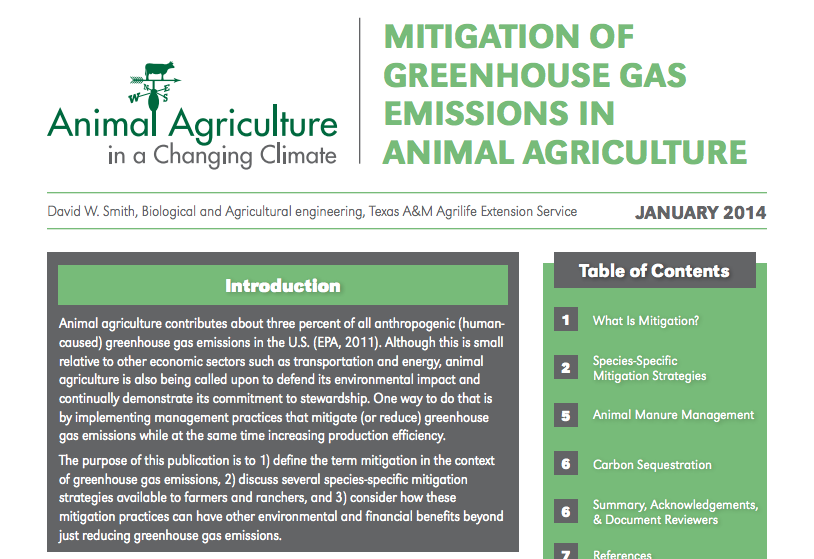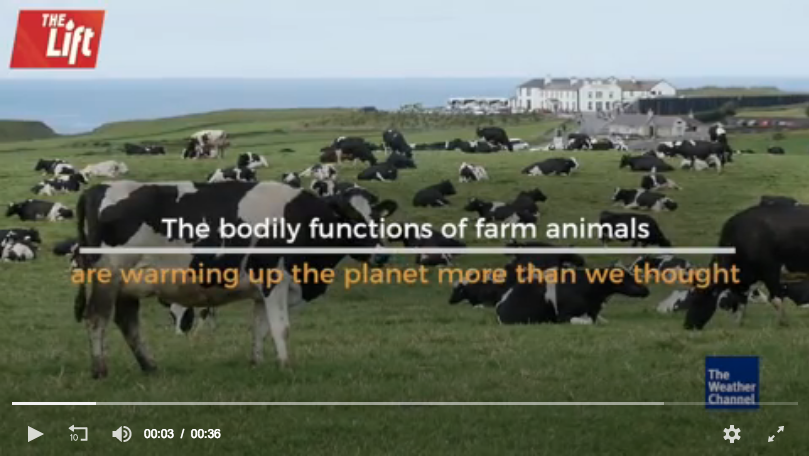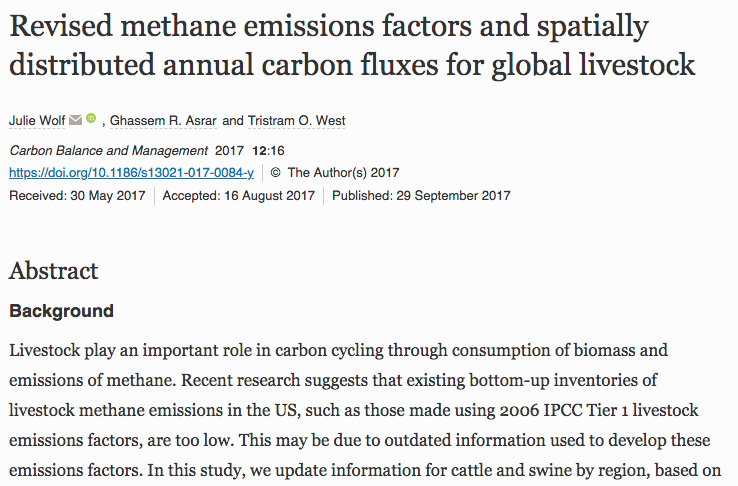Methane Emissions From Livestock Are Contributing to Global Warming Much More Than Scientists Thought
Livestock Create a Major Methane Problem
A cow does on overage release between 70 and 120 kg of Methane per year. Methane is a greenhouse gas like carbon dioxide (CO2). But the negative effect on the climate of methane is 25 to 30 times higher than the effect of CO2. Therefore the release of about 100 kg methane per year for each cow is equivalent to about 2'500 kg CO2 per year.
World-wide, there are about 1.3 billion cows and bulls + 265 million of dairy cows. All ruminants (animals which regurgitates food and re-chews it) on the world emit about two billion metric tons of CO2-equivalents per year.
Fewer cow burps = lower carbon emissions
Video shot by CNN photojournalist Bob Crowley.
Greenhouse gas emissions in dairy production are a concern. Dairy farming is an important part of agriculture in Quebec and Canada. Even though they use leading-edge technology, dairy farms contribute to greenhouse gas emissions. The Federal Dairy and Swine Research and Development Centre Team does research on dairy cow nutrition and metabolism. This research shows that changing the feed can not only reduce the amount of methane produced in digestion but also increase milk production.
This 30 minutes long video describes the role that animal agriculture plays in global greenhouse gas emissions and how farm operations can mitigate these emissions. There are variations in emissions among different regions, different species of animals, within species and among different countries. These variations show there is potential to mitigate emissions. Mitigation strategies focus on the areas of agricultural soils, enteric fermentation, manure management, farm energy, and production efficiency. Bacterras's products address all these areas.
Source: http://articles.extension.org/animal_manure_management



